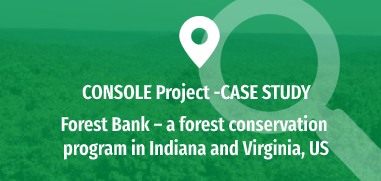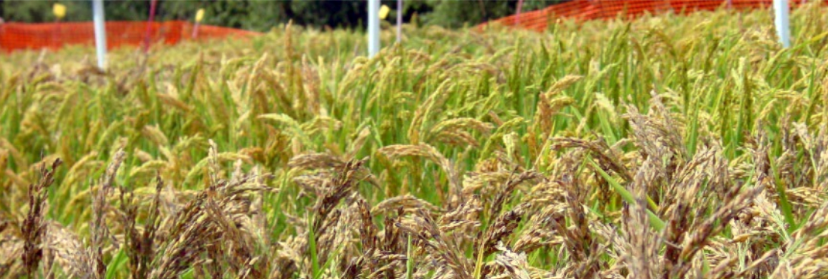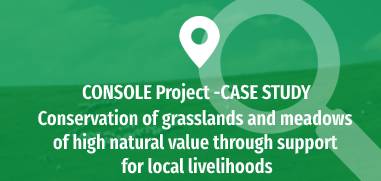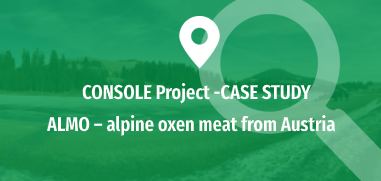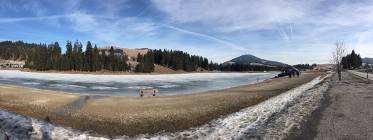Summary
Private forest owners convey both land development and timber rights to a quasifinancial institution, Forest Bank, in exchange for guaranteed annual payments, the value of which is based on the landowner’s standing timber. The Forest Bank protects valuable habitats and harvests timber using environmentally sound methods. The bank recoups payments made to the landowners, plus an administration fee, through timber sales as prescribed in a management plan that has been accepted by both parties. The owner gets access to annual income without need to liquidate his/her forest assets and compromise conservation values.
The Forest Bank is based on market incentives and landowner preferences. The owner can choose between a fixed-term (30 yrs) and permanent (99 yrs) contract.
Objectives
- Preservation of biodiversity (valuable habitats and species)
- Ecologically sound forest management that yields reasonable economic return to landowners
- Prevention of erosion and protection of water quality
- Economic viability of local communities
Public Goods







Problem description
The Forest Bank scheme was developed in the late 1990s by The Nature Conservancy (TNC), the largest conservation organization in the United States. The motivation for the novel contract solution was that protection of forests was too slow because acquiring environmentally valuable areas from private landowners required significant amounts of capital that was not usually available for conservation purposes. Working the standard way – preserving nature and protecting biodiversity by buying smaller parcels of land – mostly resulted in fragmented conservation areas that had limited environmental impact; they were not suitable for many imperiled species that required larger natural habitats or for watershed management that required landscape level planning and actions. Theacquired lands were often also fairly disconnected from other natural lands. TNC experts recognized that conservation efforts should be redirected to account for limited amount of capital, landscape level requirements, and a new form of integration of economic and ecological objectives that accounts for landowner preferences and viability of local communities. They developed an innovative contract solution, Forest Bank, which i) addresses conservation priorities and local economic needs simultaneously, ii) requires less initial capital because it is based on leases and conservation easements and accounts for landowner preferences, and iii) enables operating at the scale of landscapes and watersheds. The arrangement was named Forest Bank since the underlying idea was that a trustworthy institution holds and manages the tracts of forestland “deposited” by many small holders, then pays these owners a guaranteed rate of return on the appraised value of their timber assets, much as a commercial bank pays interest to people on their savings deposits. The Forest Bank is only available in priority ecological and environmental areas. These are often adjacent to national or state forests and parks, or other existing conservation and recreational areas. An important goal of the Forest Bank program is to establish ecological buffer zones around these areas and ecological corridors between them.
